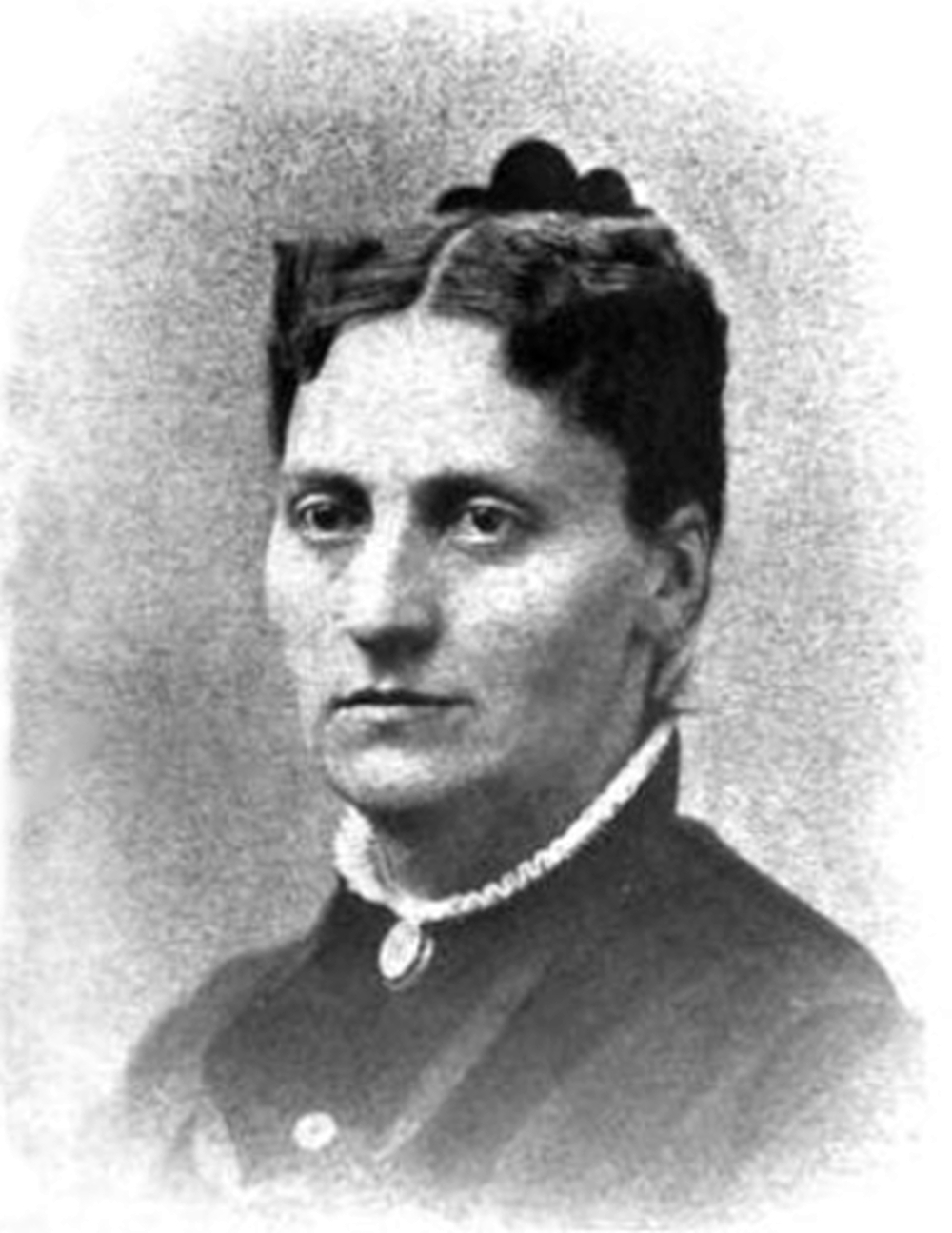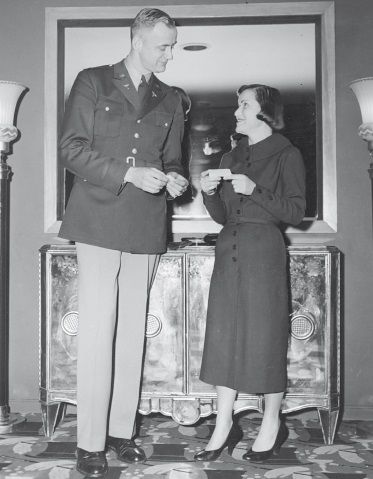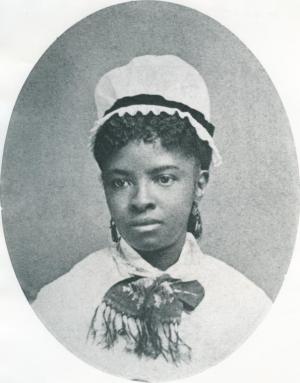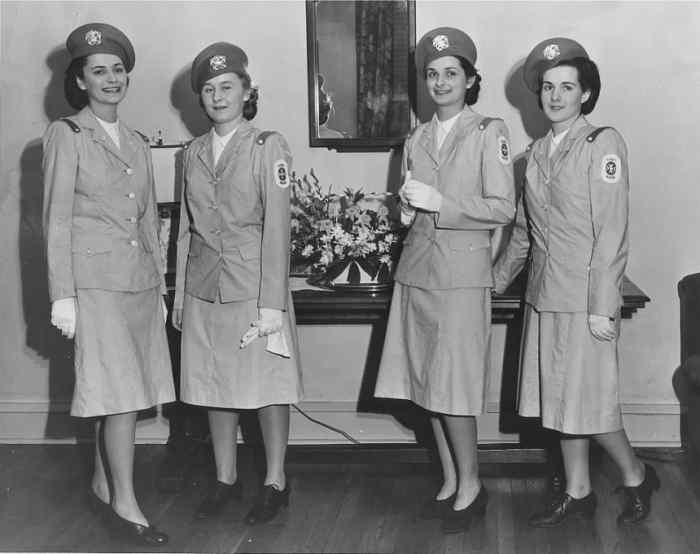National Nurses Week: 5 Facts on the History of Nursing
Happy National Nurses Week! Every year, May 6th is not only National Nurses Day, but it also marks the beginning of National Nurses Week. This annually celebrated holiday recognizes the contributions nurses make to the community and the empathetic care they provide to us and our loved ones.
Over the past few months, nurses have gone above and beyond to provide exceptional care to the thousands of people across the globe suffering from Covid-19. During the global pandemic, it is imperative that we honor our nurses for the selfless work they are doing, risking their lives for others and fighting the virus on the frontline.
For National Nurses Day, we are travelling back in time to uncover five facts about the history of nursing.
1. The first American nurse
Linda Richards became the first trained nurse in American and Japan during the 1870s. Although she was a formal nurse in America, she also trained the first Japanese nurses and established many innovations we now take for granted, including the use of written patient charts.
Richards was born in an era of informal nursing. Duties that could not be carried out by family members typically fell to people called “born nurses”: Women in the local community gifted with sympathetic natures, that taught themselves about medicine and healing.

2. The beginning of nurse education
The year 1873 plays a significant role in our history books. In this year, three nursing educational programs were established - the New York Training School at Bellevue Hospital, the Connecticut Training School at the State Hospital and the Boston Training School at Massachusetts General Hospital—began operations. These three programs were all led by Florence Nightingale, the advocate for nursing across the globe.

3. The first male nurse
In 1955, Edward T. Lyon became the very first male nurse to be commissioned in the Army Nurse Corps in the US as a reserve officer. He joined over 3,500 commissioned women in the service. The Army-Navy Nurse Act of 1947 allowed only women to be nurses in the military, this was overruled in August 1954. This Bill allowed male nurses to be commissioned on a regular basis in the Army, Navy, and Air Force.

4. Diversity in nursing
The first African American woman to become a nurse in the United States was Mary Eliza Mahoney. She graduated in 1879 and became a co-founder of the National Association of Colored Graduate Nurses in 1908. Mahoney was born to freed slaves who had moved to Boston from North Carolina and learnt from an early age the importance of racial equality. She knew that she wanted to become a nurse, so to begin she obtained a job at New England Hospital for Women and Children and acted as a janitor, cook, and washerwomen.

5. Mid-twentieth century nursing
During World War II, American nurses took a critical position in the armed services, ensuring that the military received appropriate care. In fact, about 78,000 nurses served in the war and their contributions were acknowledged as essential to victory. Following the war, the modern intensive health care system emerged and demanded larger numbers of nurses to handle the increasingly complex and technical care needs of patients.

From our team at TyTek Medical, we would like to say thank you to all nurses - for their compassion, imagination, tenacity and ability to perform under pressure. For the care, comfort, humor and friendship they offer us when we are most vulnerable. In the end, nurses across the globe, save lives daily and we owe them our thanks.
